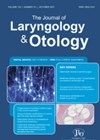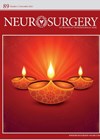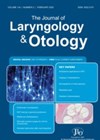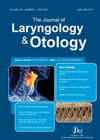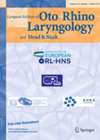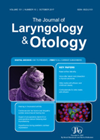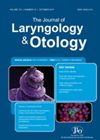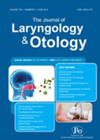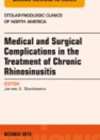
Journal Reviews
Role of maxillary sinus irrigation as an adjuvant to current management of chronic rhinusitis without polyposis
Several decades have passed since irrigation of maxillary sinuses generally became a treatment of the past. A more recent concept of biofilms may have evoked new interest in this past procedure, fraught with its own issues. In this study, the...
Are there any benefits of postoperative antibiotics after endoscopic transsphenoidal surgery for pituitary tumours?
This prospective randomised double-blind multicentre study evaluated whether postoperative antibiotics resulted in improvement in sinonasal quality of life (QoL) compared to placebo in patients undergoing endoscopic endonasal transsphenoidal pituitary surgery. A total of 461 patients were screened for the study...
Does minimally invasive surgery under local anaesthesia have a role in the management of chronic rhinusinusitis?
A formal FESS procedure usually done under local anaesthesia is considered as gold standard in the management of chronic rhinusinusitis. However, success is hampered by a significant recurrence rate of polyps requiring revision surgery, long waiting lists, reluctance of elderly...
An unrecognised anatomical variant which may help frontal sinus surgery
Anatomic variants in the frontal sinus have significant implications in endoscopic sinus surgery. In this illustrative study, the authors describe a newly-observed anatomical variant – a mucosa lined prism‑shaped space between the most superior part of the nasal septum and...
A lateralised middle turbinate post pituitary surgery and incidence of sinusitis
A common belief amongst pituitary surgeons is that lateralising the middle turbinate to access the sphenoid can result in an iatrogenic sinusitis. This paper attempts to find out whether this is in fact true. Thirty-eight patients fitted the inclusion criteria...
Role of intranasal steroids after radiotherapy for nasopharyngeal carcinoma
Rhinosinusitis often follows radiotherapy in the treatment of carcinoma of the nasopharynx. The interval and severity may vary with the dose of radiation and stage of the carcinoma. In this randomised, controlled study, patients who developed rhinosinusitis after radiotherapy treatment...
Use of topical steroids and antibiotics, compared to systemic antibiotics in the treatment of acute rhinusinusitis
Acute rhinusinusitis is mainly initiated by viral infections. Bacterial infection is usually superadded. The inflammatory cascade upregulates the pro-inflammatory mediators resulting in pain, nasal obstruction and nasal discharge. Local application of steroids and antibiotics could provide a higher concentration of...
Guidelines for management of orbital infections
Orbital infections predominantly affect the paediatric population and complications can be very serious. The cellulitis can be preseptal or orbital and the abscess can be confined within the periosteum or extend into the orbit. Cavernous sinus thrombosis can complicate the...
Do I need Google maps in here?
Image guidance surgery (IGS) has grown in popularity. This review article discusses its application in endoscopic sinus surgery (ESS). IGS technology has vastly improved with smaller, more mobile platforms that are easy to set up and use. IGS allows validation...

